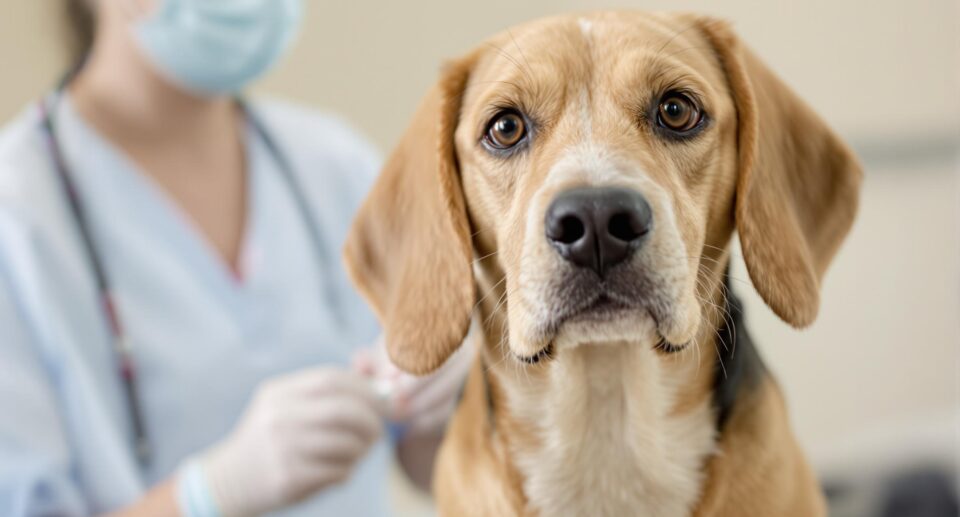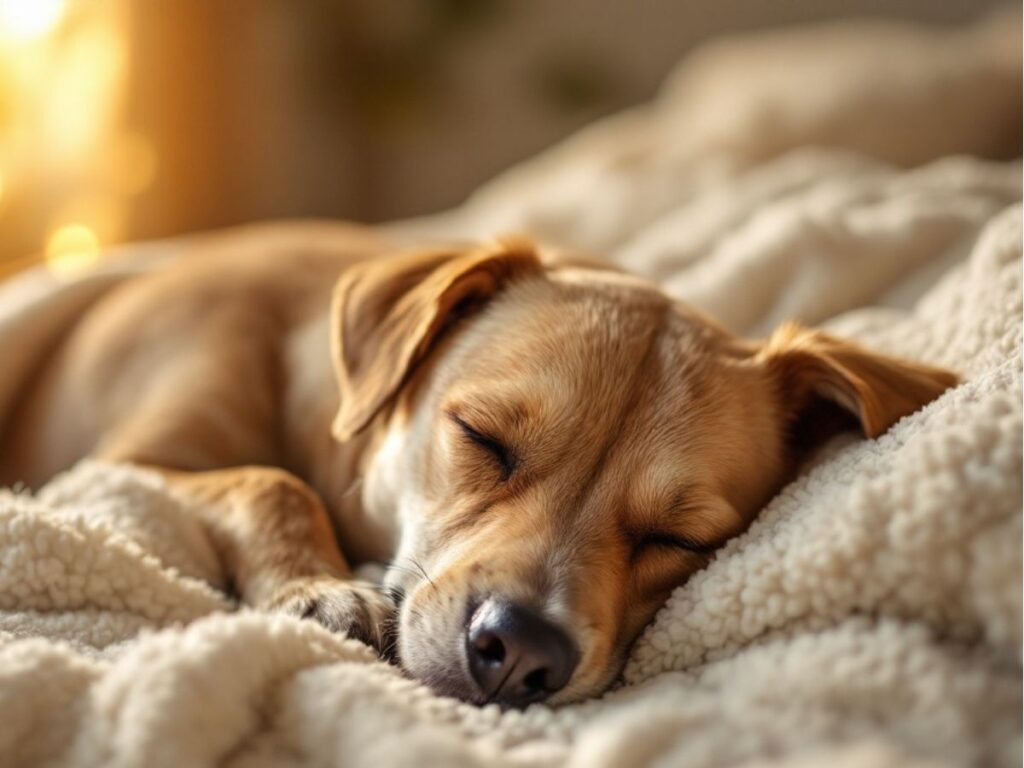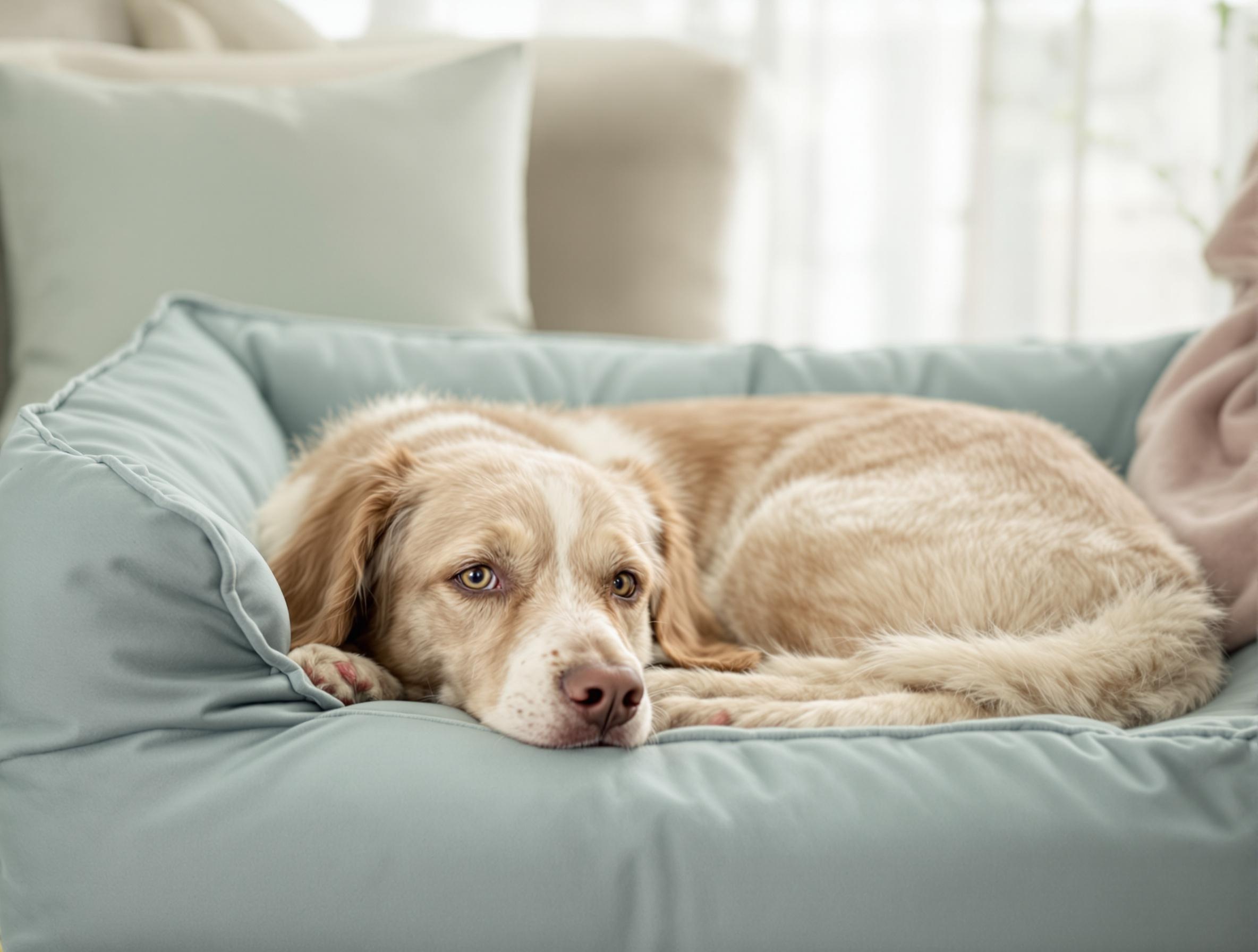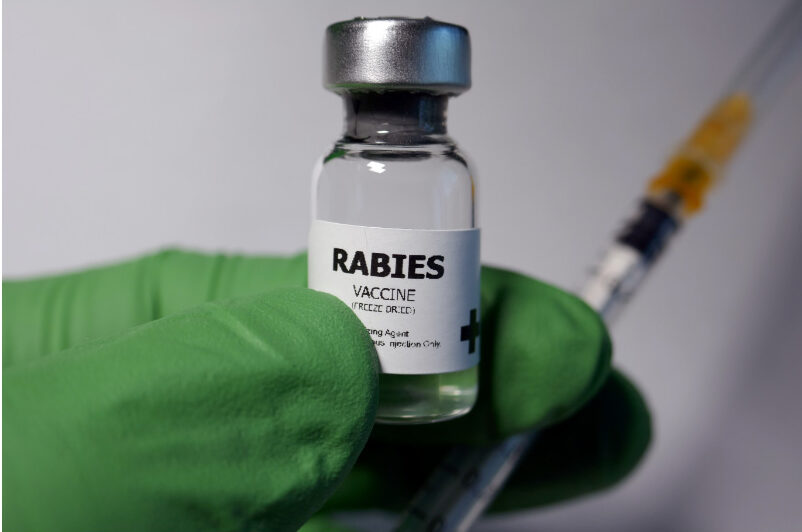Dog Neuter and Spay Recovery: What to Expect After Surgery

Key takeaways:
- Most dogs recover from spay or neuter surgery within two weeks, but rest and monitoring are key to a smooth healing process.
- Keep the incision clean and dry, use a cone to prevent licking, and follow your vet’s instructions closely.
- Contact your vet if you notice swelling, discharge, low energy, or unusual behavior—early care helps avoid complications.
Spay and neuter procedures are among the most routine surgeries performed in veterinary medicine, and most dogs bounce back quickly with the proper care. This is why the recovery period matters—a few extra precautions can make all the difference in how smoothly healing goes. Knowing what’s normal and what’s not helps you catch potential problems before they become serious.
At PetHealthMD, we’re here to help you feel confident every step of the way. This guide walks you through the typical recovery timeline, care tips, and warning signs to look out for. Whether it’s your dog’s first surgery or not, we’re here to make aftercare feel manageable and clear.
What is spaying or neutering, and why is it important
Getting your dog fixed is a common step in their care, and it comes with long-term benefits. In females (spaying), the surgery removes the ovaries and uterus, and in males (neutering), it involves the removal of the testicles.
It’s not just about preventing litters—these procedures help reduce hormone-driven behaviors like roaming, marking, and even some types of aggression. Dogs often become easier to manage at home, especially if the surgery is done before certain habits become ingrained. That’s a big win for both your dog and your household.
There are important health perks, too. Fixing your dog can lower the risk of serious conditions like mammary tumors, testicular cancer, or uterine infections. With fewer health risks and fewer behavioral issues, your dog can enjoy a longer, more comfortable life.
What’s normal in the first 24 hours
The first day after spay or neuter surgery is all about rest and monitoring. Your dog may not act like their usual self, and that’s expected. Here are the most common things you’ll likely notice as the anesthesia wears off and recovery begins.
- Sleepiness or grogginess: After coming home, your dog may seem disoriented or extra tired. This is a common side effect of anesthesia and should fade within 12–24 hours.
- Mild swelling or redness near the incision: A little puffiness or pink skin around the surgical site is normal. It usually improves with rest and proper monitoring.
- Decreased appetite: Don’t be surprised if your dog skips a meal or eats less than usual. Appetite often returns within a day once they’ve settled in.
- Low energy or wanting to be alone: Many dogs are quieter and prefer to rest on the first day after surgery. Let them relax in a calm, comfortable space without too much stimulation.
Most of these symptoms improve quickly with quiet rest. If anything seems worse or lasts longer than expected, check in with your vet just to be safe.
Essential recovery tips for your dog
Supporting your dog through recovery isn’t just about following the rules—it’s about creating a calm, safe space that helps them heal well. From rest to hygiene to gentle routines, small choices make a big difference. These simple tips will guide you through the essentials.
- Create a quiet, cozy recovery space: Set up a peaceful area away from busy foot traffic and household noise. A crate or bed with soft blankets gives your dog a secure place to rest without interruptions.
- Watch eating and drinking closely: Offer small amounts of water once your dog is fully awake, then gradually reintroduce food. Many dogs prefer softer meals while recovering, so canned or wet food may be easier on their stomachs.
- Keep the environment calm and comfortable: Aim for a stable room temperature and avoid loud noises or other pets that could stress your dog. A peaceful environment supports better sleep and smoother healing.
- Monitor the incision site daily: Gently check the surgical area twice a day for swelling, redness, or discharge. Avoid applying ointments unless your vet specifically tells you to, and always keep the area dry and clean.
- Use protective gear: A properly fitted E-collar or recovery suit prevents licking or chewing at the incision. This helps avoid infections and keeps stitches from being disrupted.
Healing takes time, but a little structure and patience can go a long way. If anything doesn’t seem quite right during recovery, don’t wait—reach out to your vet for guidance.
Recognizing signs of infection

Even with careful aftercare, things can sometimes go off track. These are the signs that could mean something more serious is developing and should be shared with your vet:
- Swelling or redness that gets worse: Mild swelling is normal early on, but if it increases after the first 48 hours or looks inflamed, it could point to an infection.
- Changes at the surgery site: Look for yellow or green discharge, fresh bleeding, or an incision that’s starting to open. A healing wound should stay clean and dry.
- Unusual behavior or low energy: Skipping meals, acting withdrawn, or whining when moving can signal discomfort or infection. Watch for changes that last beyond 24 hours.
- Warmth around the incision: If the area feels unusually warm when you hover your hand over it, there may be inflammation underneath.
- Fever symptoms: A fever (above 102.5°F), paired with low energy or reduced appetite, is reason to contact your vet right away.
- Persistent licking or pawing: If your dog keeps going after the incision area, even with a cone, something might be irritating or bothering them.
Preventing infection after neutering or spaying
Good habits during recovery can go a long way in keeping your dog’s incision clean and complication-free. These small steps help lower the risk of infection while supporting a smoother healing process.
- Keep the area clean and dry: If the surrounding fur gets damp, gently pat it dry with a clean towel. Avoid applying any ointments unless instructed by your vet.
- Set up a clean, calm recovery space: Fresh bedding and a quiet spot away from dirt, dust, and high-traffic areas help minimize stress and contamination.
- Limit physical activity: Too much movement can irritate the incision and raise the risk of infection. Stick to leash-only potty breaks until your vet gives the all-clear.
Call your vet if anything seems off. You know your dog best, so don’t hesitate to reach out if something doesn’t feel right. Early care can prevent a minor issue from turning into a bigger one.
Common questions about dog recovery after surgery
Caring for your dog after spay or neuter surgery can bring up many questions and concerns. As a loving pet parent, you want to ensure your furry friend recovers smoothly and comfortably. Here are some answers to questions about navigating your pet’s recovery journey.
When will my dog feel back to normal?
Most dogs are back to their usual selves within 10 to 14 days. You might notice sleepiness or low energy for the first day or two, but that’s just the anesthesia wearing off. Little by little, your dog’s normal personality and energy will return.
What’s the best way to keep my dog comfortable and calm?
Give them a cozy, quiet spot to rest away from loud noises or other pets. Think comfy bed, favorite blanket, and soft lighting. Stick to calm potty breaks on a leash and avoid anything that gets them too excited.
What should I know about feeding and medications?
It’s common for dogs to feel a little queasy after surgery, so don’t worry if they’re not hungry right away. Once they show interest in food, start with small meals, and make sure fresh water is always available. Give medications, like anti-inflammatory meds, exactly as your vet instructed, especially any for pain or inflammation.
What behaviors should make me call the vet?
If your dog won’t eat after 24 hours, seems really tired beyond day two, or starts whining when moving, it’s worth checking in with your vet. Vomiting, diarrhea, heavy panting, or changes in behavior are also reasons to call right away.
Creating a supportive environment for recovery
The first few days after surgery might be a little bumpy, but they pass quickly with the right support. Staying on top of rest, cone time, and incision checks can prevent setbacks and give your dog the best shot at a smooth recovery. And if something feels off, trust your gut and call your vet.At PetHealthMD, we’re here to guide you through those little moments that come after the procedure. From cone-wearing tips to activity limits, our goal is to make aftercare clear, doable, and stress-free.





